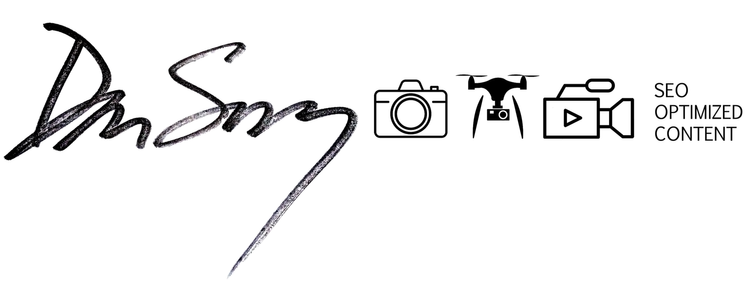Pro Lenser Blog
Natural vs. Artificial Strobe Lighting
What’s the difference?
When you look at a photo like this, your first reaction is probably: “That’s natural lighting!”
But it’s actually a combination of both Natural and “Artificial Lighting.”
In this case, the “Fill Light” (the light illuminating the subjects’ bodies and faces) is actually being “bounced” off a reflector to fill in the shadows.
Otherwise, you get something more like this - with a “solar flare”:
Or this - with heavy shadows and harsh “Backlighting”…
The previous two images are 100% “Natural Lighting” because they use no bounce reflectors or artificial flashes / strobes.
But what about this one? What kind of lighting - natural or artificial?
Tricked you again - it’s both!
Only this time, I used two electronic “Strobes” mounted on two separate lighting stands to evenly light both subjects from 45-degree angles.
Natural Lighting.
Natural Lighting.
Natural Lighting.
“Slow Strobed Lighting”
“Slow Strobed” Lighting is a long-exposure utilizing both “House Lights” (Existing overhead and DJ-provided Lights) and on-camera strobe.
Slow Strobed Lighting gives the subject and viewer a dynamic sense of motion.
It feels more “lively.” In this case, the tree lights (Practical-Source Lights) add texture and excitement…
So which is better - natural or artificial lighting?
This shot above was a special “Photo Station” setup by the gazeebo.
Like a Photo Booth - but much bigger. It has two strobes in front and two strobes in back to “backlight” the subjects and help to “separate” (define) them from the background.
So which is better - natural or artificial lighting?
Well, that’s entirely up to you!
But as a professional who’s been shooting photos forever, I say, always use artificial lighting!













